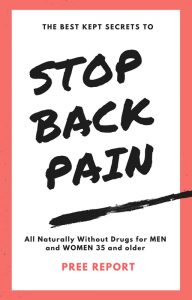In the USA we have a problem with osteopenia and osteoporosis which are disorders where people have decreased bone density. An estimated >40 million people in the US have osteoporosis. The rates of osteoporosis are projected to increase over 300% and over 200% in the next 30 years. Europe has higher rates of of disability from osteoporosis than from all types of cancer with the exception of lung cancer. Osteoporosis is also closely associated with fractures. In fact, there are 1.5 million fractures yearly in the US which are attributable to osteoporosis. The most common fractures include spinal, hip and shoulder fractures.
There are several risk factors for osteoporosis. Some risk factors that you can’t change include: your age, gender, ethnicity, and family history. There are also several modifiable risk factors including: diet, activity levels, alcohol, nicotine and medication use. Your primary care provider may be helpful with some of the modifiable risk factors including adjusting medications, diet and smoking or alcohol cessation. Physical therapy play a vital role in changing activities levels to help improve bone health.
Some components of a osteoporosis program will be to address the following things:
1: Exercise: Our bone density continues to increase until about the age of 35 after which time we will begin declining. The rate at which we decline is dependent on our levels of weight-bearing exercise. There are beneficial exercises no matter what your bone density is like. Even if you have already developed osteoporosis, there are specific exercises that can be safely performed to prevent deterioration.
2: Posture: As I mentioned earlier one of the most common fractures from osteoporosis is spinal fractures. There is a huge postural piece to this. If you have poor posture you are putting undue stress on your vertebrae which can lead to spinal compression fractures even without experiencing an accident or fall.
3: Balance: When osteoporosis becomes dangerous is when a person has the combination of poor bone health and poor balance. In this case, there is a significant chance of arm and hip fractures. This is all the more dangerous when you pass a certain age. There is a big chance of complications including lung problems, metabolic problems and higher mortality rates.
The bottom line is that bone density problems have severe consequences and there are interventions that we can do to change our bone density. In addition to dietary considerations, there are physical activity components to healthy bones. Physical therapists are a great resource for exercise or activity modification program to help ensure continued good health. Also the great news, is that it shouldn’t take long to establish a good program.
If you are interested in developing a healthy bone or osteoporosis exercise program that is appropriate for your unique situation contact us at Siskiyou Physical Therapy.
Jon Hill, DPT, Licensed Physical Therapist with Siskiyou Physical Therapy
If you like this post or have a question. Comment below.



